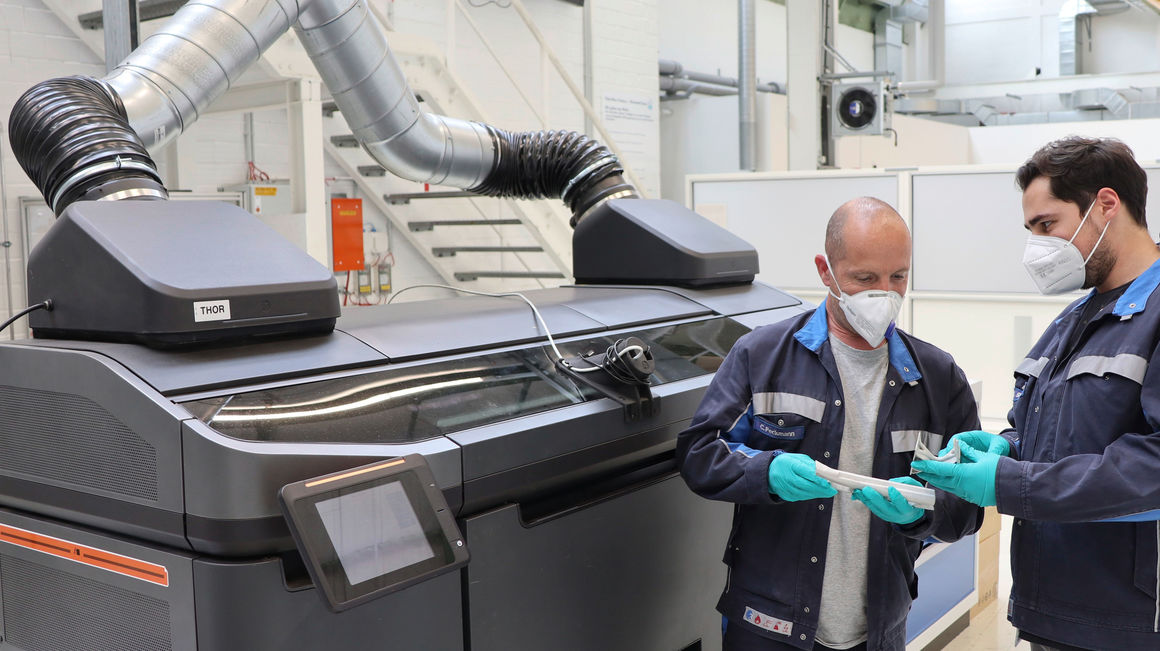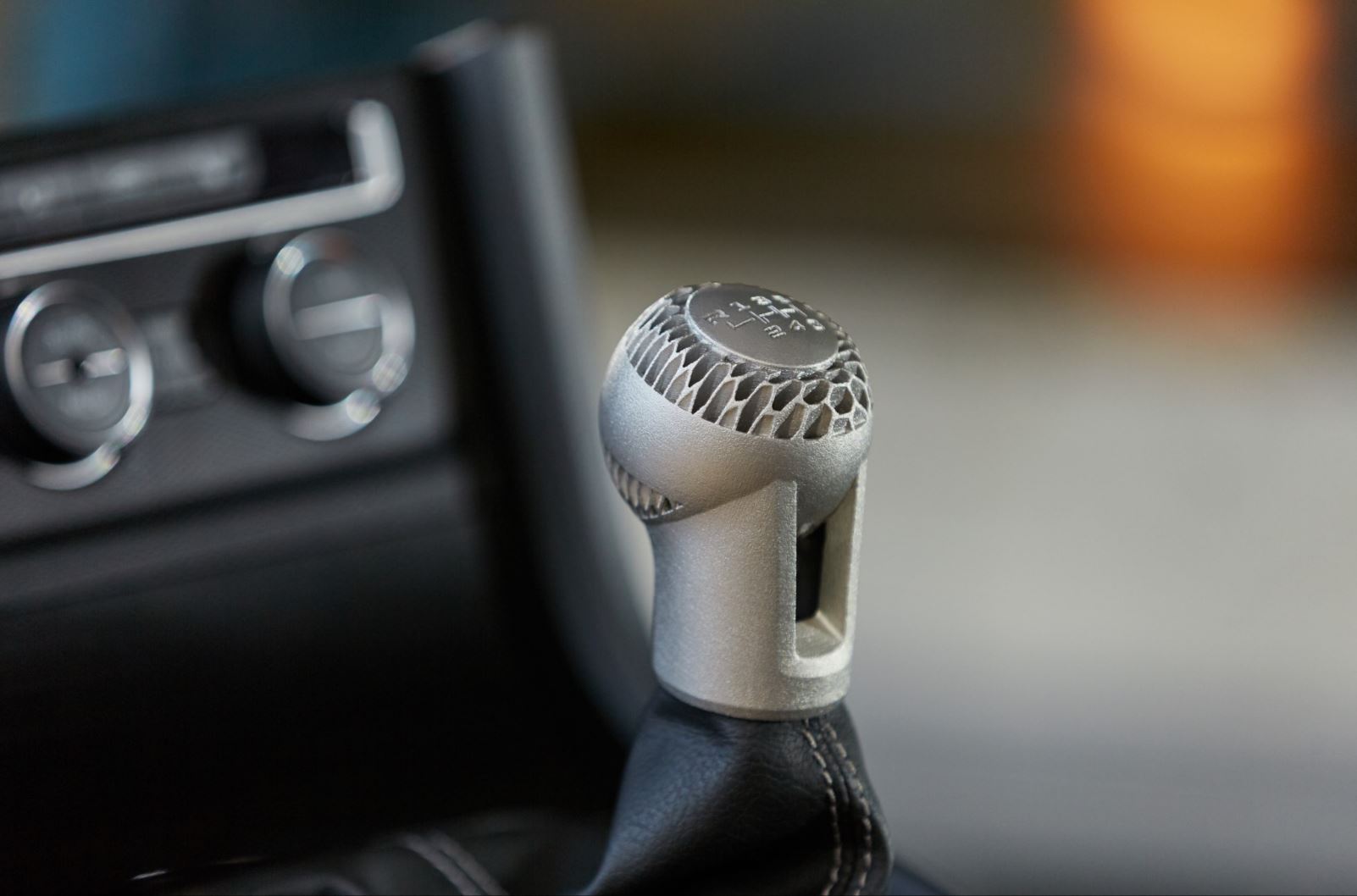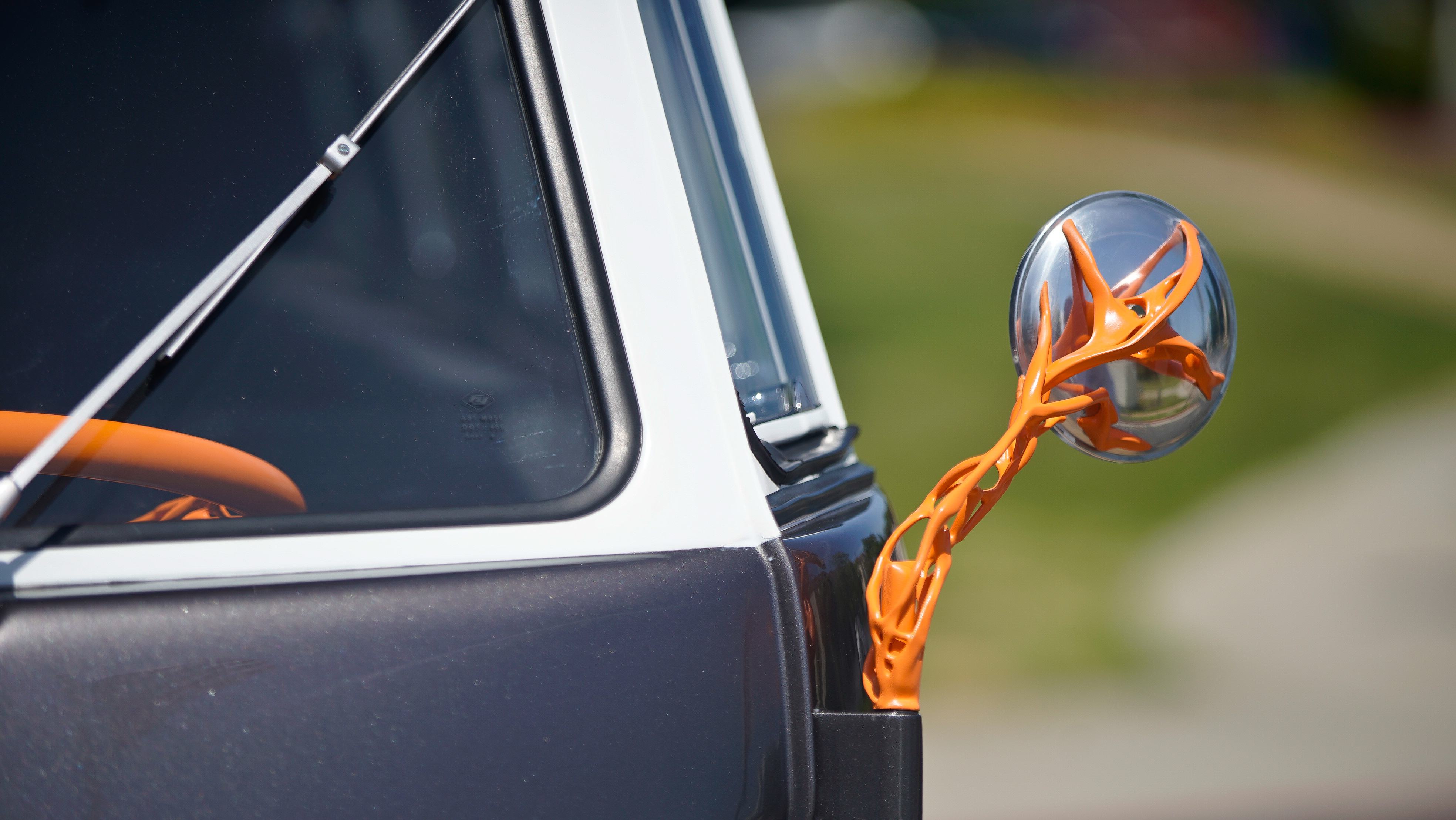German car manufacturer Volkswagen has announced plans to use binder jet 3D printing to manufacture components at its main plant in Wolfsburg, Germany, reportedly becoming the first car maker to use the 3D printing technology in its production process.
The company has expanded its partnership with 3D printer OEM HP and entered into a software partnership with industrial manufacturing firm Siemens to introduce the technology to its Wolfsburg plant, with the aim of reducing costs and increasing the productivity of its manufacturing process.
“Despite the ongoing challenges of the coronavirus pandemic, we’re continuing to work on innovation,” said Christian Vollmer, member of the Board of Management of the Volkswagen Brand responsible for Production and Logistics. “Together with our partners, we aim to make 3D printing even more efficient in the years ahead and suitable for production-line use.”

3D printing at Volkswagen
Volkswagen has been using 3D printing for 25 years since initially adopting the technology to accelerate vehicle development and reduce costs. Today, there are 13 units at the firm’s Wolfsburg plant leveraging various 3D printing processes to manufacture plastic and metal components for prototyping and spare parts.
The company’s luxury car brands Audi and Porsche have previously used 3D printing for the light-weighting of components, including water connectors for inside the engine of the Audi W12. Meanwhile, Volkswagen’s Autoeuropa factory in Portgual saw an annual saving of $160,000 in 2017 as a result of using FDM desktop printers, reducing typical production costs by over 90 percent.
In 2018, the company opened its advanced 3D printing center to house a range of cutting-edge metal additive manufacturing machines. It was here that Volkswagen first started investigating the potential of binder jet 3D printing for prototype and tool production, and later for end-use parts.
A year later, the company established its Innovation and Engineering Center California (IECC) with the debut of a unique concept vehicle integrating 3D printing, and soon after announced that, together with GKN and HP, 10,000 metal parts had been produced on the HP Metal Jet 3D printing system. It was this milestone that paved the way for Volkswagen’s continued partnership with HP for the integration of the firm’s structural 3D printed parts into its next generation of vehicles.

Integrating binder jet 3D printing
According to Volkswagen, binder jetting will drive the production maturity of 3D printing within automotive manufacturing, making use of the technology cost-effective. To leverage the benefits of binder jetting, Volkswagen is expanding its partnership with HP for the provision of the printers and has brought in Siemens to provide specialized software for the technology.
The three companies will establish a joint expert team at Volkswagen’s advanced 3D printing center from this summer. Through their respective partnerships, the companies will explore which components can be produced economically and quickly in the future via binder jetting, and will also investigate how 3D printing can support the digital transformation of production at Volkswagen.
Volkswagen and Siemens will also work together on optimizing the positioning of components in the build chamber through nesting, making it possible to produce twice as many parts per print session.
“We are very proud to support Volkswagen with our innovative 3D printing solutions,” said Cedrik Neike, member of the Managing Board of Siemens and CEO of Siemens Digital Industries. “Our automation and software solutions are leading in industrial production applications. Using this technology, Volkswagen will be able to develop and produce components faster, more flexibly, and using fewer resources.”
So far, the first components manufactured using binder jetting have gone to Volkswagen’s Osnabrück site for certification. The parts in question are for the A pillar of the firm’s T-Roc convertible car, and supposedly weigh half as much as conventional components made from sheet steel.
Volkswagen has previously conducted crash tests on 3D printed metal vehicle components, however until now the production of larger volumes has not proved cost-effective. Integrating binder jet technology into the company’s 3D printing capabilities will change this, according to Volkswagen, and will make production-line use of certain automotive components economically viable.
Volkswagen aims to produce up to 100,000 3D printed automotive components in its Wolfsburg plant each year, by 2025.
The initial partnership with Siemens is part of a larger and more comprehensive strategic partnership between the two companies within the field of digital production platforms.
“I’m pleased that we have a strong and innovative partner in Siemens so we can start working on the car production processes of the future,” added Vollmer. “The example of 3D printing shows that this transformation harbors many diverse opportunities for innovation.”

Subscribe to the 3D Printing Industry newsletter for the latest news in additive manufacturing. You can also stay connected by following us on Twitter and liking us on Facebook.
Looking for a career in additive manufacturing? Visit 3D Printing Jobs for a selection of roles in the industry.
Subscribe to our YouTube channel for the latest 3D printing video shorts, reviews and webinar replays.
Featured image shows two Volkswagen employees check the quality of structural parts produced using the binder jetting process for car production in front of the prototype of the binder printer at the high-tech 3D printing center in Wolfsburg. Photo via Volkswagen.
